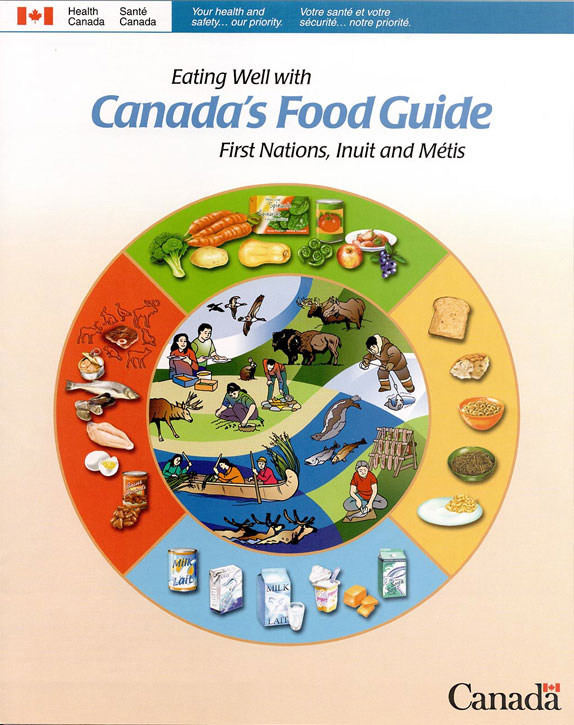Use these helpful tips to empower yourself
All of us know that worrying about and taking care of someone else can be overwhelming at times.
So, this article is dedicated to you—the caregiver. Here are 10 strategies you can use to increase energy, reduce tension, and give
your loved ones your absolute best.
1) Look for help outside the home: Church groups and social groups are often willing to help out; they just need to know how. Do not be afraid to ask—there have never been more retirees looking for ways to contribute to the health of their communities. A break of as little as one or two hours per week could change your world.
2) Talk it out: Commiserating can be great therapy for caregivers. There are many people experiencing your same challenges—find them and talk to them. Sometimes all a caregiver needs is to know they are not alone.
3) Exercise: No time for the gym? Even a 10 minute de-stressing walk can help. A breath of fresh air goes a long way.
4) Prioritize and pick your battles: Remember that you are only one person and you cannot do it all. Go easy on yourself, set priorities, and do not trick yourself into thinking you can do everything.
5) Consider how technology can help: There has never been a better time to let technology help you manage family care. GPS, remote monitoring systems and web-based software can do amazing things these days.
6) Keep ‘to-do’ lists: This is particularly good for time-strapped family caregivers. Follow each item on your list with a few notes, such as (a) who can help me with this? (b) What is my deadline? and (c) what would happen if I did not do this? You may be surprised by how many items on your to-do list are not really essential.
7) Learn to say no: One of the most empowering words in the English language is also one of the shortest. By saying no more often (to requests for help from friends or loved ones, or even to social outings you do not have time for), you can take better control of your time and free yourself from carrying too much on your shoulders.
8) Laugh at yourself: Do not be afraid to laugh out loud at the caregiving situation you are in (even if it might seem inappropriate), or how you are handling it. Laughter is the best medicine.
9) Cook in bulk: If part of your role as a caregiver includes meal preparation, be sure to consider making additional portions of food at once and freezing the leftovers. Slow cookers are great for preparing soups, chilis and casseroles. Be sure to package food tightly to prevent freezer burn. Don’t forget to leave enough room for the food to expand as it freezes. For soups, it is also wise to add a layer of plastic to seal the surface.
10) Reward yourself: Declare to yourself that you have worked hard, and set a reward system. The reward can be big (a vacation) or small (some chocolate or a foot massage)—but whatever it is, continue to remind yourself that you have earned it!
Simply put, let go of the things you cannot control. As a family caregiver, you can only do so much. Take the time to recognize what you cannot control (e.g., that a family member has Alzheimer’s), and focus only on what you can control (e.g., providing them with comfort and care).
and care).
Reprinted with permission from careforce.ca.
Joel Stoddart is the Business Development Manager for Careforce Health Services. He lives in New Minas, Nova Scotia with his wife and son.
 Healthy eating tips
Healthy eating tips
1. Plan your meals in advance for one or two weeks.
2. Read nutrition labels on packaged food to help you buy items that are low in trans fat, saturated fat and sodium.
3. Try to consume less than 1500 mg of sodium per day.
4. Consume 2-3 tablespoons of unsaturated oils or soft non-hydrogenated margarine each day. For more information on healthy fats, visit healthyfats.ca.
5. Buy fresh, frozen or canned pre-cut vegetables for quick salads, stir-fries and side dishes.
6. Prepare some foods in advance. Cook double and keep leftovers in the freezer (for example, soups or lasagna).
7. Make gradual improvements to your diet and stick to them.
8. Work with a registered dietitian to learn other helpful tips. To find a dietitian, ask your doctor or visit dietitians.ca.
For guidelines, refer to Canada’s Food Guide. The guide is available by simply typing in the name in any search engine. The guide has a wealth of information, from age-adjusted portion sizes to tips on meal planning and shopping.













